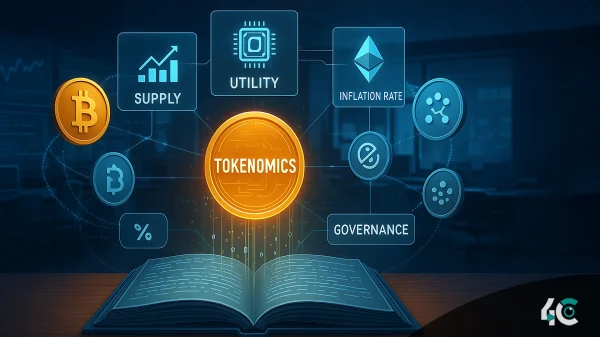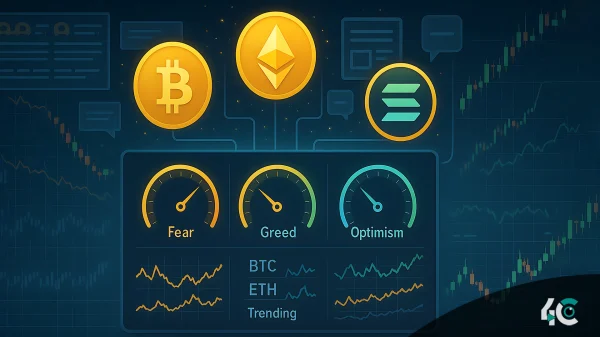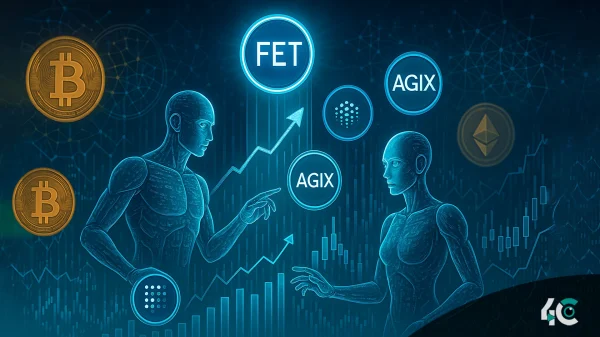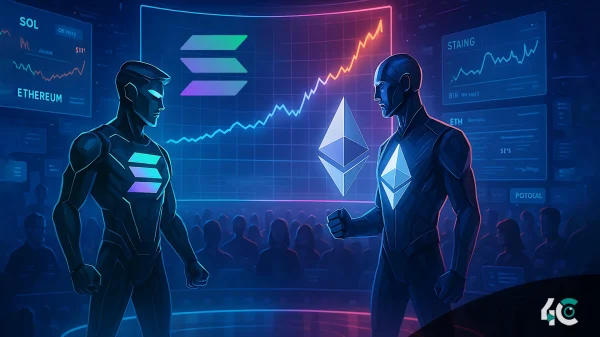At the Devcon event in Bangkok, Ethereum developer Justin Drake announced “Beam Chain,” an ambitious proposal aimed at overhauling Ethereum’s consensus layer, which oversees the network’s transaction processing and confirmation. Beam Chain would replace Ethereum’s present Beacon Chain with a system that incorporates recent technological advances in encryption and blockchain capabilities, thereby improving security and scalability.
Drake spoke to a packed house, highlighting the outdated nature of the beacon chain, established five years ago. According to him, recent advancements such as zero-knowledge cryptography (zk-SNARKs) and zero-knowledge Ethereum Virtual Machines (zkEVMs) have opened up new avenues for improving Ethereum’s core structure. By implementing Beam Chain, Ethereum may move closer to the ideal design that its designers originally envisioned.
Drake’s suggestion includes lowering the staking barrier for validators from 32 ETH to just 1 ETH, making it more accessible to a wider spectrum of users and perhaps enhancing network security through more involvement. This change is part of a bigger plan to modify Ethereum’s block generation procedures, staking protocol, and cryptographic basis, with the goal of eventually achieving “post-quantum security.” Drake emphasized that, while these concepts are still proposals, they represent a forward-looking perspective for Ethereum’s evolution.
Though some have hypothesized that this version may be dubbed “Ethereum 3.0,” Drake explained that this phrase does not adequately represent the core of Beam Chain, as it only tackles the consensus layer without redesigning the entire Layer 1 architecture. This subtle move prioritizes fine-tuning the network’s backend operations over a major architectural redesign.
If implemented by the Ethereum community, the Beam Chain proposal would be the most important improvement since the Merge upgrade, which transitioned Ethereum from proof-of-work to proof-of-stake. Drake stated that the specification and construction phases might begin as early as 2026, with testing expected to begin in 2027, giving Ethereum ample time to thoroughly examine and prepare the network for this potentially significant shift.































